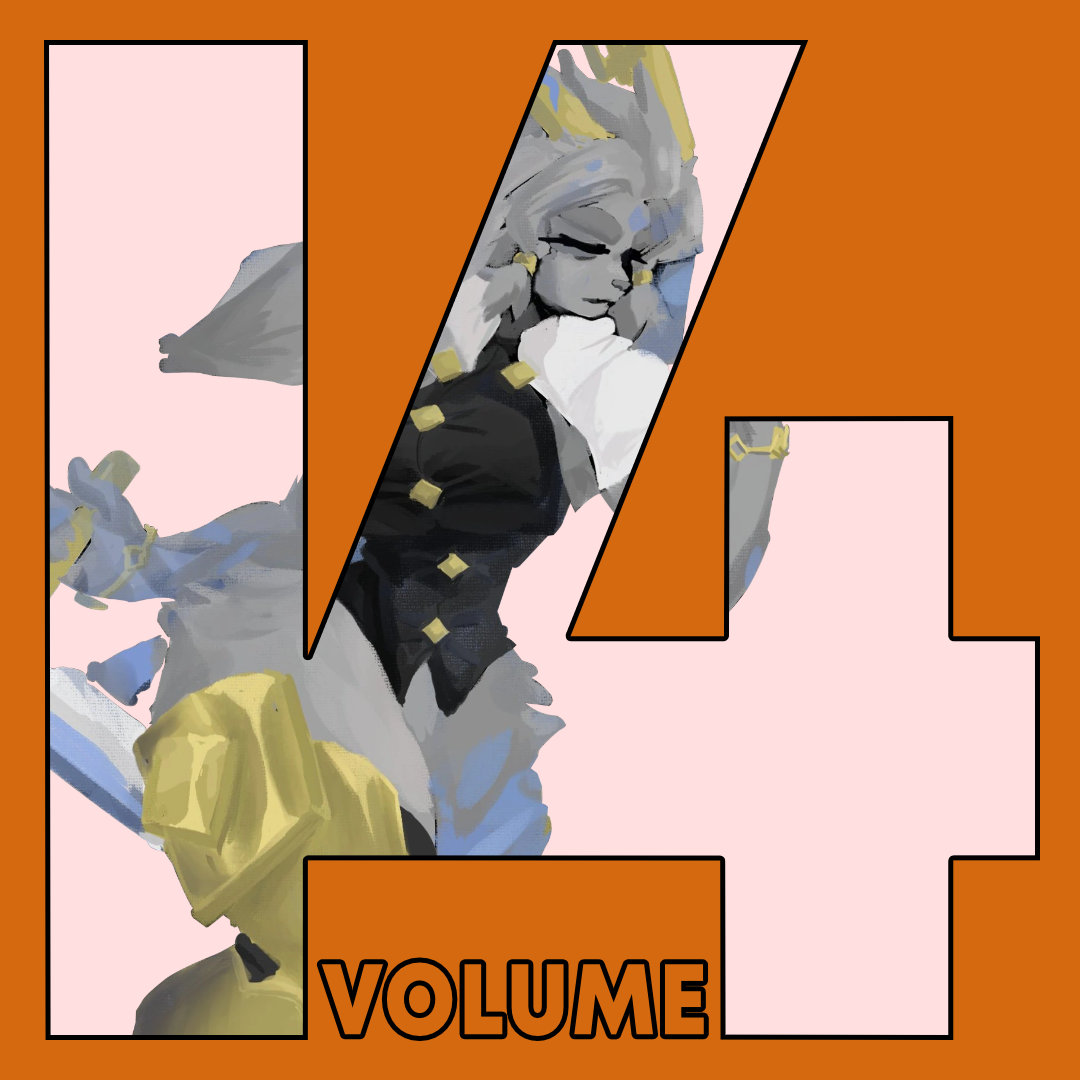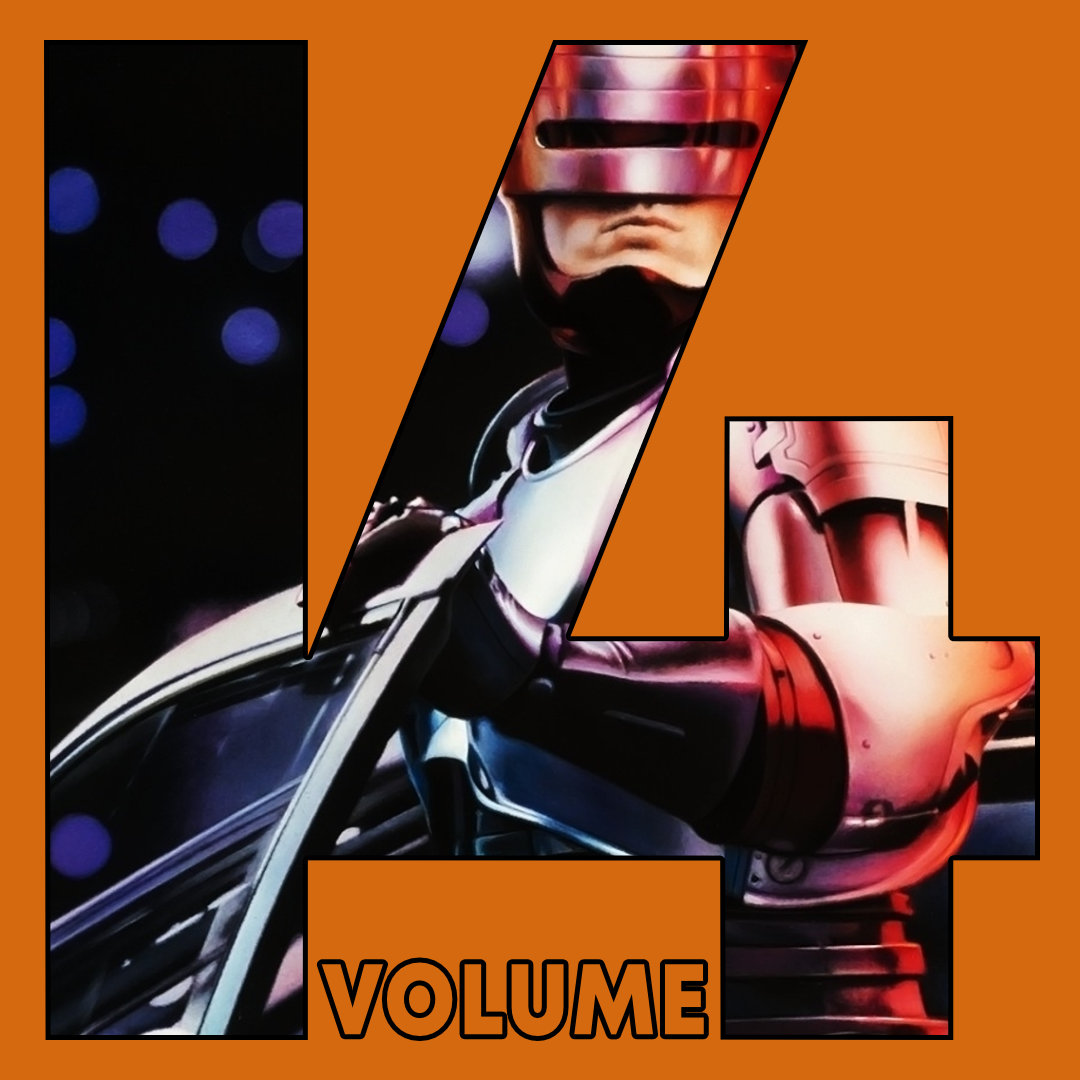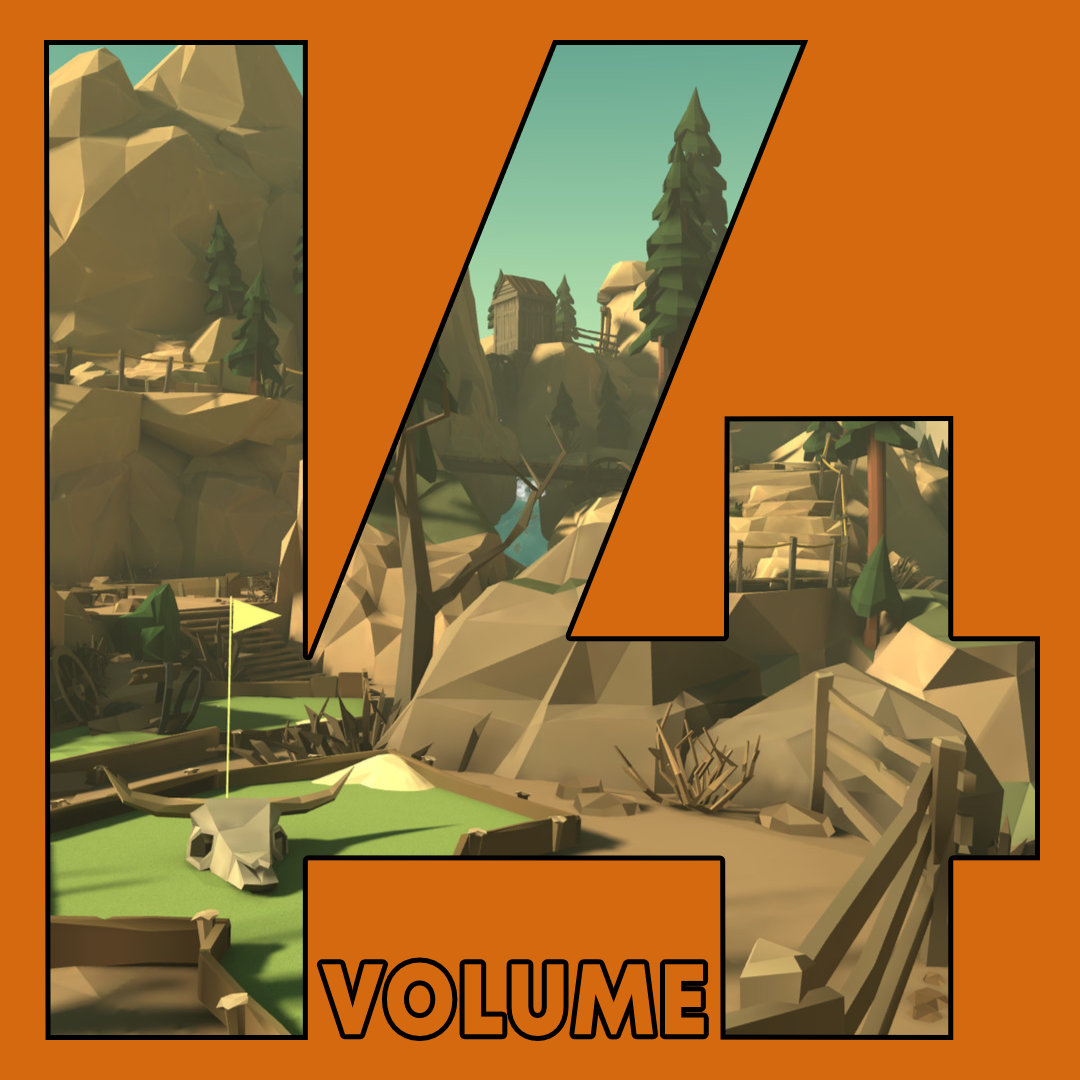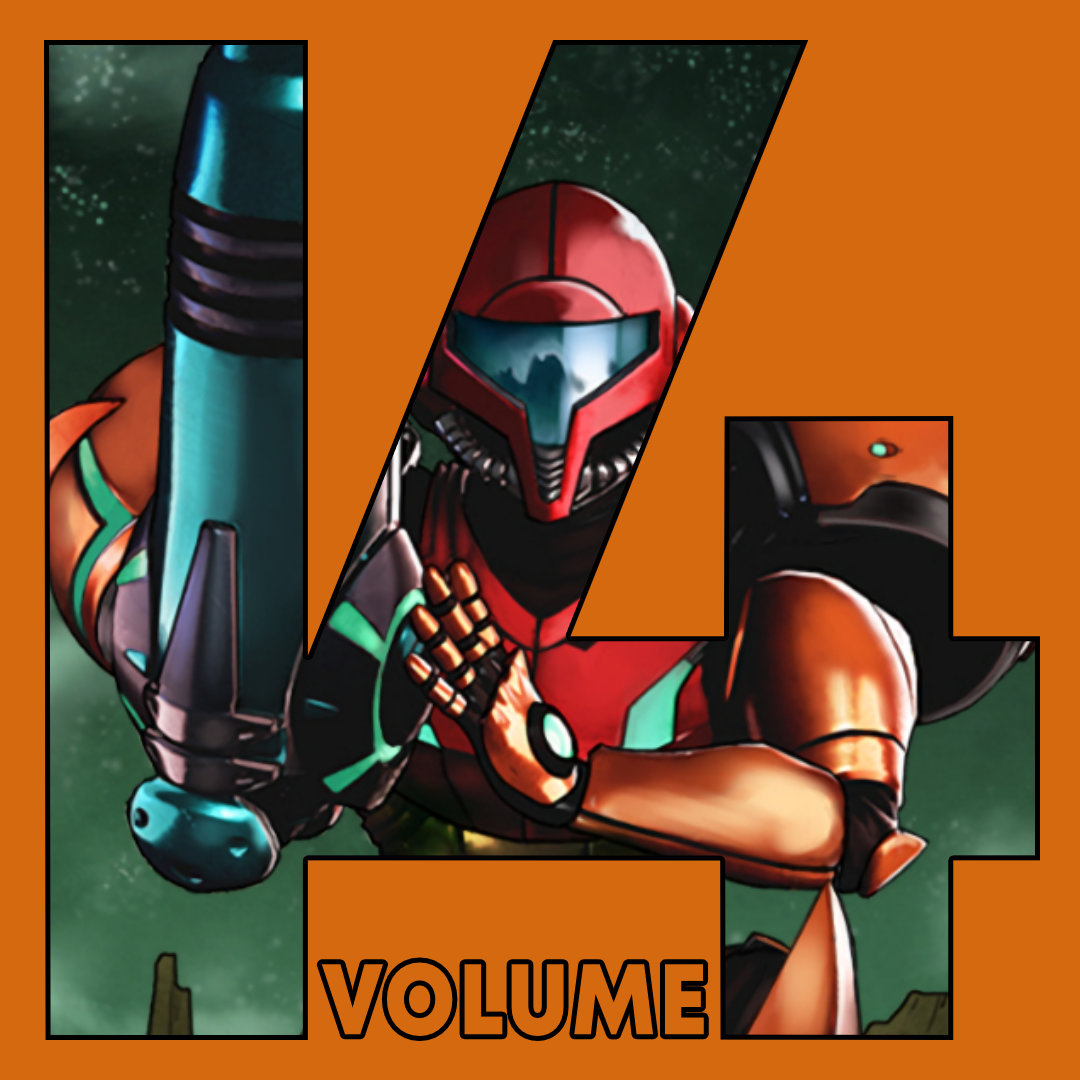
Metro: Last Light is as atmospheric as its predecessor, despite sacrificing some of what made the original so unique. Beware: spoilers.
Nuclear apocalypse has been a popular theme this console generation, but no game has captured the cold, hopeless sterility of a world ravaged of life better than Metro 2033.
Set in Moscow, 20 years after the bombs first dropped, the game begins with the player character, Artyom, waking up in a dim, claustrophobic subway station. This is the last refuge of humanity, a network of tunnels and tracks that snake under the devastated streets of Russia’s capital.
But this sanctuary is under threat from Dark Ones, an evolved form of telekinetic humans, and Artyom is sent on an errand to alert Polis, the de facto capital of the Metro, to come to the aid of his home station.
And so begins a story of an ordinary person thrust into extraordinary circumstances, who ultimately saves the world by firing a battery of missiles into the home of the Dark Ones. But did Artyom protect humanity, or destroy its last hope of salvation?
No happy endings
It’s to the game’s credit that you’re left with an uneasy feeling as the final screen of Metro 2033 fades to black. Did I do the right thing? Should I have pressed the missile launch button?
You’re not actually given a choice, though there is an alternative ending to the game – the ‘good’ ending – where Artyom allows the Dark Ones to live. It’s quite an effort to achieve, requiring completion of a series of hidden and abstract tasks. And ultimately it’s a wasted effort, as developer 4A Games chose to go with the destruction of the Dark Ones as the canonical ending to carry over into the sequel, Metro: Last Light.
Last Light begins much like its predecessor. Artyom wakes up and gets sent on an errand. But this time, he’s far from ordinary. Now an elite soldier within The Order – a group that exists to protect the Metro’s citizens from bandits, Communists and Nazis – Artyom is sent to track down the last surviving Dark One, to capture and kill it. Instead, Artyom discovers an affinity with the beast and comes to see the Dark Ones as angels – the harbingers of humanity’s salvation.
The story of the game is essentially that of a slightly older, more experienced and wiser man making up for the mistakes he made in the past. This is true also of the game itself, which goes to great lengths to match Artyom’s mea culpa. 4A doesn’t out-and-out apologise for the things it thought it got wrong last time around; but it does make plenty of tweaks to the formula which add up to some big changes in the long run.
Survival
Metro 2033 was a unique proposition. It looked like a first-person shooter, but didn’t fully walk, talk and act like one. In fact, it probably owed a greater debt to survival horror games than it did to Halo or Call of Duty. For one thing, bullets were in short supply. And gunshots and ghouls weren’t the only thing that would kill you. The environment on the surface, outside the Metro, was lethal. Gas masks and filters were required. Break your mask, or run out of filters, and it’s game over. So survival meant rummaging in side rooms, boxes and rubble.
Exploration was necessary, but often deadly. Below surface, in the tunnels of the Metro, there were human enemies to contend with. But confrontation was best avoided, if you could. A stealth mechanic encouraged players to sneak through as many encounters as possible, but this often proved difficult – enemies (on a normal play-through) felt super-alert to your presence and would often spot you, despite your best efforts, leaving you to fight your way through with under-powered weapons.
Perhaps you liked the rickety nature of the combat, seeing it as a concession to realism (after all, where are the top-grade guns and ammo going to come from in a post-apocalyptic future?). However, the combat system, along with the stealth system, have been modified in Last Light.
This time around, Artyom has no trouble sneaking through whole stations full of enemies. But if you favour the head-on approach, feel free to indulge that murderous bent. The guns won’t let you down.
Combat and survival are definitely easier in Last Light. Bullets, gas masks and filters are more plentiful. It makes for a less frustrating game-playing experience, but the world feels less hostile too, save for a few glorious moments above ground.
Ruined world
“Magnificent desolation” was how Buzz Aldrin described the Moon when setting foot on it, but it’s a phrase that could be applied to 4A’s vision of the ruins of Moscow. From the destroyed buildings, to the howling winds and the groans and growls of lurking, mutated beasts – the surface of the Earth is far more oppressive than the dark of the Metro tunnels.
As with Metro 2033, the above-ground sections remain my favourite parts of the game. There’s a bit in Last Light, about three-quarters of the way through, when Artyom and the recently-rescued Dark One have to make their way around the shores of a frozen river, across a destroyed bridge and then on into a once-vibrant residential district, now destroyed and decaying. It’s terrifying, stress-inducing and exhilarating – but also deeply moving in parts.

The ghosts of Moscow’s former inhabitants linger on, their memories seared into the environment by the heat of the nuclear blast. While exploring the residential district, Artyom experiences a number of flashbacks to what once was. The most affecting of these occurred while entering a room with a view of the Moscow skyline. Colour flooded back into the scene and, in front of the grey window I was just looking through, now stood a young family, watching intently as the nuclear missiles that heralded their own extinction arched up through the blue sky.
It was a touching moment, shot through with a sense of helplessness and tragedy. Last Light could have done with many more of these moments of pathos.
Super human
As it is, Last Light is a much less emotionally stirring game than it’s predecessor. The first game’s story of survival and discovery has evolved into a post-apocalyptic war movie. Last Light’s plot revolves around a rogue agent, who steals a weaponised virus from The Order and defects to the Communists, who plan to use the virus to wipe out all resistance and take control of the Metro.
It’s not just the narrative that has been amped up. Artyom himself, in the months since we last saw him, appears to have completed a crash course in special forces training, administered by Yuri, the Spetsnaz operative who was the star of Call of Duty: Modern Warfare 3.
Artyom isn’t the only one to have learned lessons from Call of Duty. Last Light is full of the kind of bombastic first-person cut-scenes so beloved of Activision’s blockbuster franchise. Artyom spends much of the game ruminating on the horrors and pointlessness of the coming war in the Metro, yet the game itself seems in thrall to the spectacle of bullets, bombs and bloodshed.

Nowhere is this more evident than in the final set piece. Where 2033 saw Artyom chased by Dark Ones through a waking hallucination, Last Light ends with a pitched battle outside the D6 weapons facility, with the Communists intent on breaking in to steal whatever secrets lie within.
Artyom steps into a suit of protective armour and equips himself with a powerful machine gun (like Yuri does at the end of MW3) in order to fight off waves of enemies. It ends with an explosion, as a high-speed train breaks through the D6 barricade. Artyom is thrown to the ground, badly injured. He looks over to his commanding officer, also hurt, who urges him to flick the switch on the detonation device that will destroy D6 and everyone in it.
The echoes to Call of Duty here are hard to miss. The only thing absent was Captain Price, and a well-timed throw of a handgun.
None of which is to say that the inspiration Last Light draws from Call of Duty has been to its overall detriment. It remains an atmospheric, engaging and – at times – horrifying experience.
But in trying to fully atone for its supposed sins of the past, it finds itself in the same situation as its lead character: having to sacrifice more of itself – of its own unique DNA – than was perhaps absolutely necessary.













